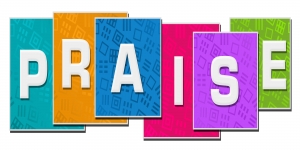What Are They Afraid Of? It’s Important to Know
In planning your novel, Moriah Richards advises authors in Writer’s Digest, knowing the broad strokes of history will help you determine what details to include in your story:
- What’s the worst disaster these people ever faced?
- Are they afraid of that happening again?
- What would they do to prevent it from happening?
- Is there something that made them feel ashamed?
- Is there something they’re proud of?
Richards is alluding to the fictional worlds writers create, but the same questions can help blog marketers understand their target readers’ concerns, fears, and collective memories.
“Some common advice for beginning freelance writers is to read sample copies of the magazines they wish to pitch, Robert Lee Brewer notes, suggesting freelance writers study the “voice” and “tone” of articles in their target magazines.
Similarly, at Say It For You, we advise blog writers to get a sense of “worst disaster” perceptions by studying blog posts on the subject, looking for slants that haven’t been covered and drawing on their own memories and experiences.
Author Steven James teaches budding novelists to maintain suspense in their writing. “Building apprehension in the minds of your readers is one of the most effective keys to engaging them early in your novel and keeping them flipping pages late into the night. ”Of the six techniques James suggests writers use to create suspense, the one that appealed to me most as a corporate blogging trainer was this: “Put characters that readers care about in jeopardy.”
There are many things readers care about that can be put in jeopardy – health, self-confidence, safety, career, appearance, property, the proper education of children. On the other hand, while I agree that allaying readers’ fears is a powerful tool, I believe too many marketing blogs are meant to scare consumers into action.
At Say It For You, we advise taking the middle ground, identifying the need, and assuring searchers they’re not alone in this dilemma or need. The message is that you have the experience and expertise to deal with their “worst thing that’s ever happened”.






Follow us online!